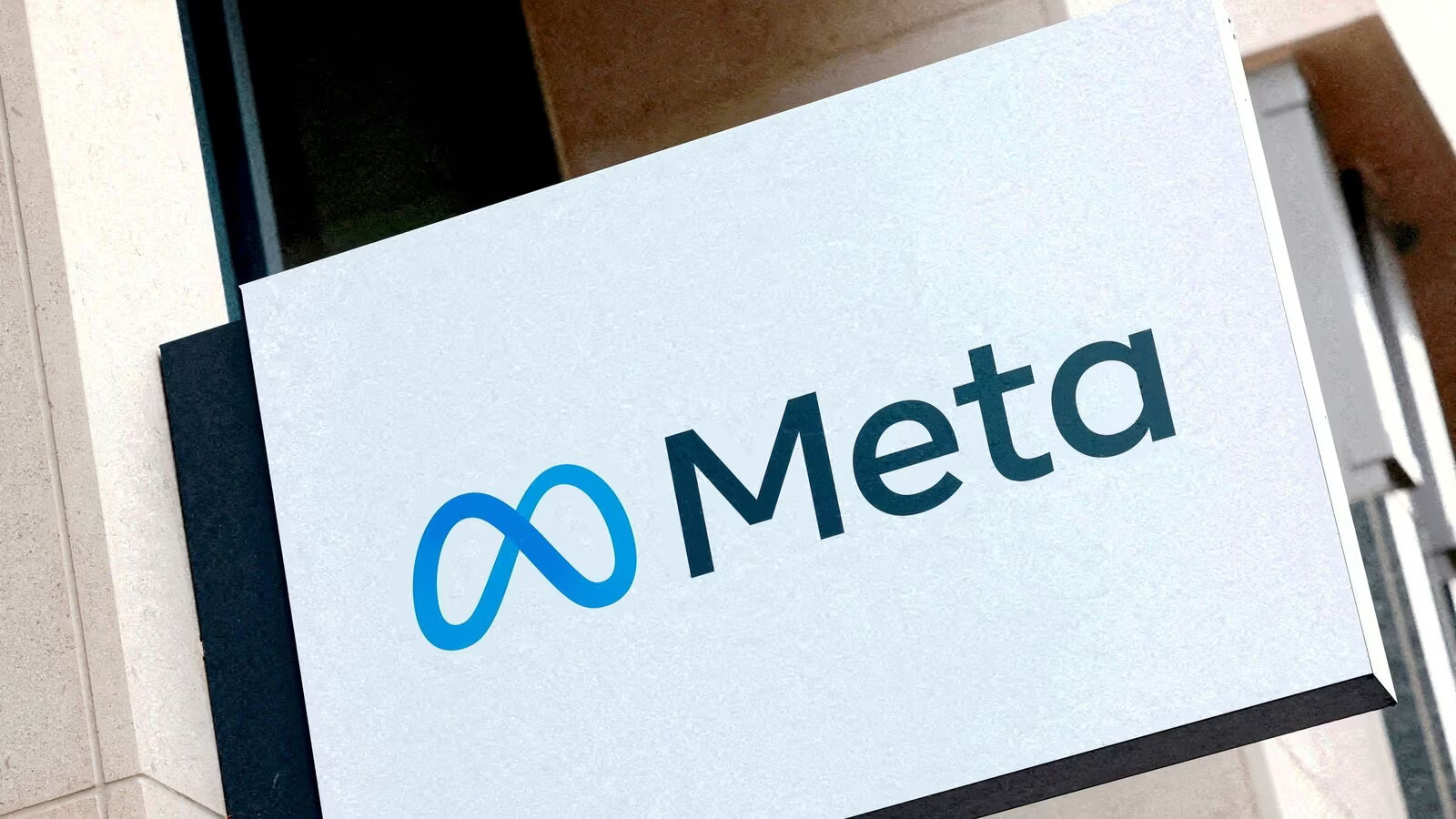
- Company overview
- Success stories
How does Meta Company earn money
Do you want to know how to make money from this?
Register for free and get expert advice, access to a training course and webinars.
Meta Company delivered impressive quarterly results last week, sending its shares up more than 20%. In addition, the company announced the payment of its first dividends. This is real progress for the company, which suffered huge monetary and reputational losses in 2022 due to the data leak scandal.
Meta competes with other companies that provide platforms for communication and content sharing between users of various social networks, as well as those who develop AI technologies. The main competitors are Apple, Alphabet, Amazon. How does Mark Zuckerberg’s brainchild manage to constantly break through?
We will tell you more about the business structure of Meta Company for those who decide to add company shares to their investment portfolio.
Brief overview of the company
Meta Platforms, the parent company of Facebook, generates its main revenue by selling advertising space across its social media platforms. These platforms encompass websites and mobile applications that enable users to engage in communication with their family, friends, and associates.
Among the company’s websites and apps are the renowned social network Facebook, the photo and video-sharing app Instagram, and messaging applications Messenger and WhatsApp.
Additionally, Meta offers an ecosystem that facilitates user connections through Oculus virtual reality products. The company is shifting focus towards augmented and virtual reality products and services, aligning with its strategic goal of building a metaverse.
Sources of income
Even though users have free access to the Facebook platform and its applications, the company manages to generate substantial revenue. This is primarily achieved through its main source of income: digital advertising. Meta, the company that owns Facebook, becomes an attractive advertising platform for businesses of all scales due to its extensive user base and widespread reach across social media.
Advertisers on Meta’s platforms, including Facebook, Instagram, Messenger, and WhatsApp, can precisely target specific demographics based on factors like age, gender, location, interests, and behavior. Ads are not limited to Meta’s platforms but also extend to third-party applications and websites.
The cost of advertising is determined through an auction system involving bids and performance metrics. Facebook charges advertisers based on either the number of clicks their ads receive or the number of impressions. Advertisers set a maximum budget, and charges are incurred monthly, reflecting the ad’s effectiveness.
While advertising constitutes the majority of Meta’s revenue, it’s not the sole income source. The company’s strategic shift from Facebook to Meta Platforms signifies its intention to explore and develop additional tools for generating revenue beyond advertising.
Meta Company products
Facebook, renowned as a social media platform facilitating connections and information sharing among friends and family, strategically timed its dividend payment to align with its 20th anniversary.
Instagram, another asset under Meta, generates revenue through advertising, mirroring the model employed by Facebook. Advertisers are drawn to Instagram due to its popularity among users who utilize the photo and video app for product discovery and purchases.
Messenger and WhatsApp, both instant messaging applications, present avenues for Meta to capitalize on monetization. This includes advertising opportunities and the option to charge users for premium features.
Within the Reality Labs sector, Meta focuses on the development and provision of hardware, software, and content for augmented and virtual reality. This segment plays a pivotal role in Meta’s ambitious plan to build a virtual world known as the metaverse.
Do you want to know
How to make money from the news
Register for free and get:
- Expert consultation;
- Access to the training course;
- Opportunity to participate in webinars

